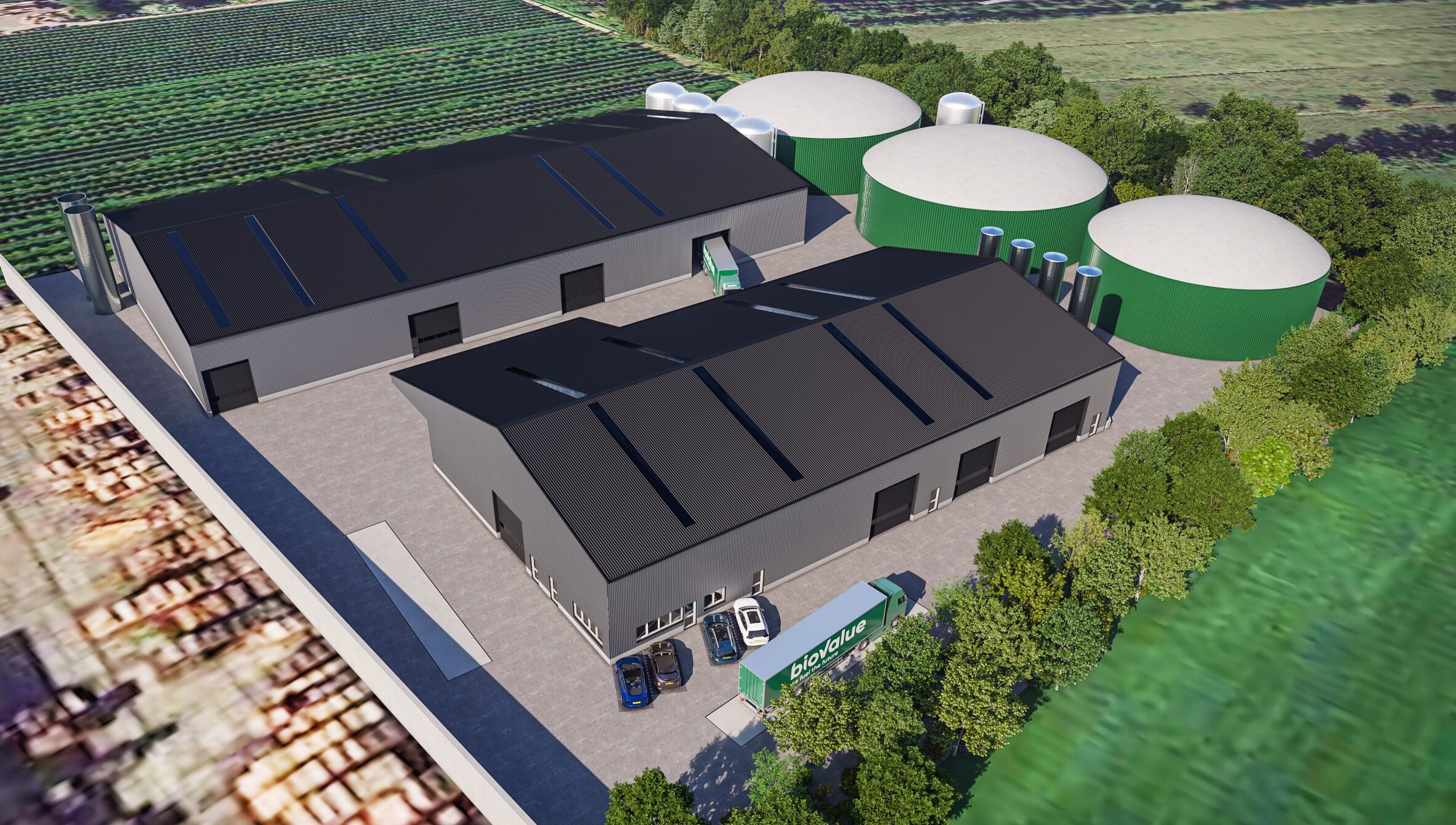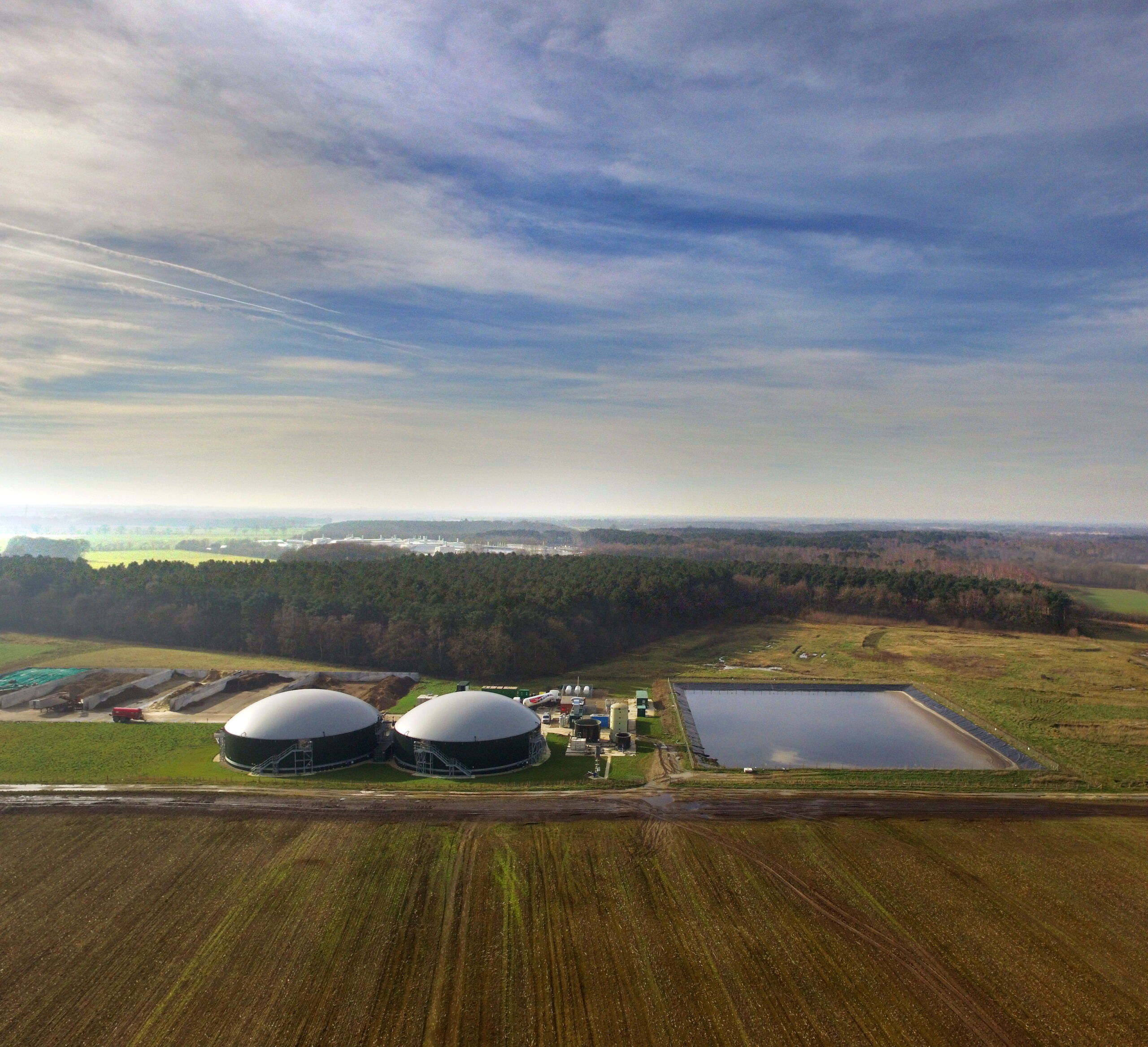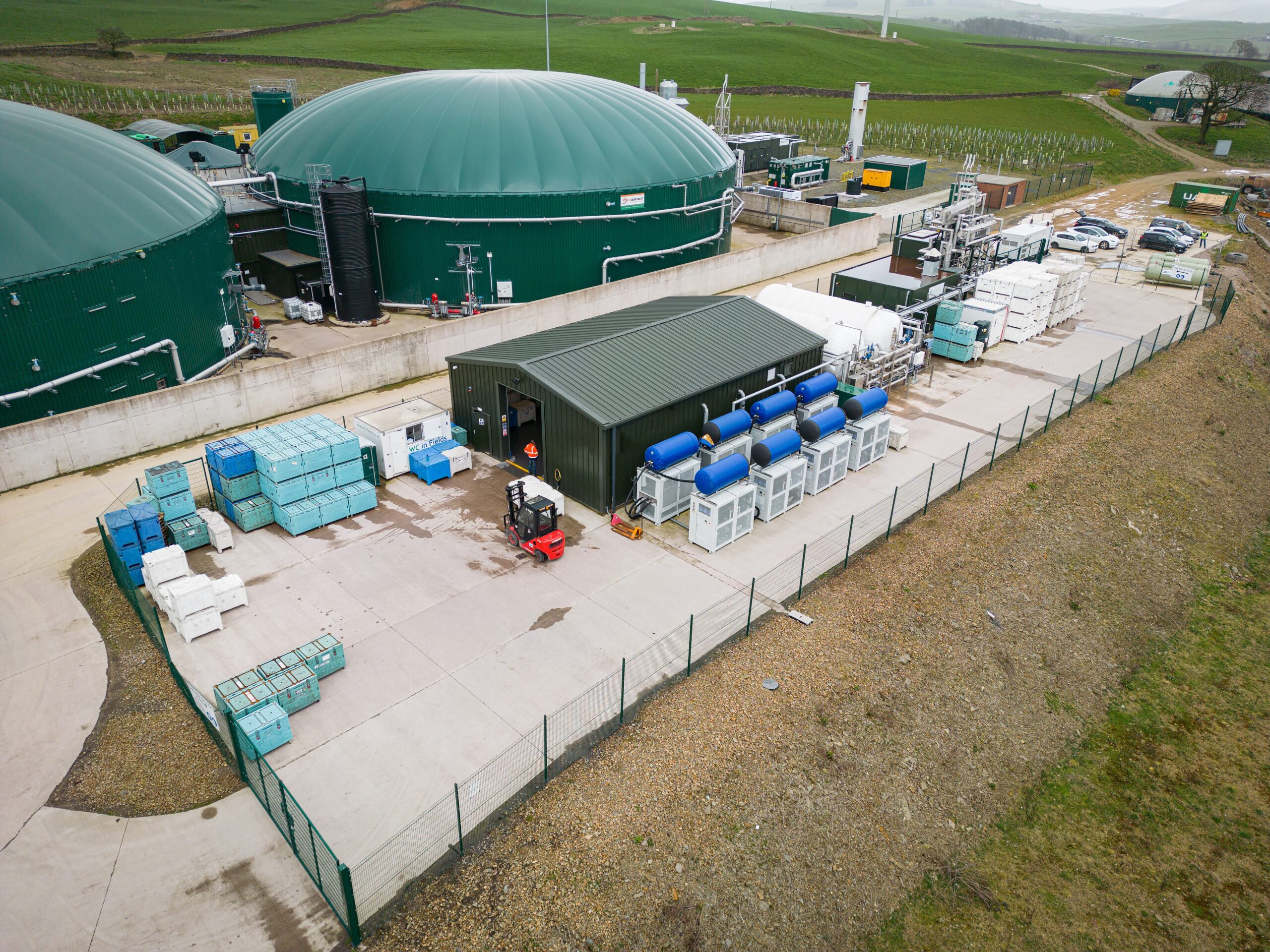World Economic Forum (WEF)
Whilst Iona Capital has not been at the World Economic forum, we have been watching developments, discussions and trends emerging from Davos with interest. A significant highlight was Prince William interviewing Sir David Attenborough on the effects that human activity is having on the global ecosystem. As well as highlighting the effects of rising green house gas emissions on the climate, Sir David stressed the importance of minimising the waste of food and energy. These are two interrelated topics which form a key part of the Iona Capital infrastructure investment philosophy.
Wastage of food will continue to decrease as we all become more connected and the sharing economy grows. What residual food waste continues to remain has the potential to provide low carbon energy from Anaerobic Digestion. However it requires a legislative and regulatory framework to ensure that all the food waste available is source segregated, collected and aggregated so it can be used effectively.
It is hugely encouraging for all of us in the renewable energy and resource efficiency sectors to see such a higher profile speaker as Sir David Attenborough talk at the World Economic Forum, and create significant interest in his underlying message.
Sadly not every aspect of human behaviour brought to light by coverage at Davos has been quite so encouraging. A jet chartering company spokesman described the event as the “superbowl” of the private jet charter industry. Apparently more than 1500 private air movements will ferry the global super elite in and out of Davos over the six days of WEF. This is made yet more concerning by studies showing that private jets are getting bigger, due to top business leaders not wanting to be out done by their rivals.
Circular Economy Strategies
The Circularity Gap Report was launched in Davos by impact organisation Circle Economy, outlining the vast scope to reduce greenhouse gas emissions, and the small steps which the vast majority of the world’s governments have made down the road to achieving these savings. Circle Economy have quantified the global economy as only 9% circular, which represents a massive opportunity. This is because 62% of all green house gas emissions (excluding land and forestry), are released by making “stuff”. By contrast, the delivery and life time uses of all that “stuff” is 38% of all green house gas emissions. When it is considered that the amount of material and resources we use has tripled since the 1970s, and double again by 2050, it is critical that better ways are found to keep materials in circulation within the economy.
The fundamental principles of circular infrastructure outlined include:
- Financing and investment decisions which recognise the long term and future value of infrastructure.
- Reuse of existing building materials.
- Modular design of new structures so that they can be reused and reassembled
- Alternative materials to carbon intensive cement and concrete, such as bamboo and wood.
- Optimising the lifetime of infrastructure and designing in the potential for flexible use.
To enable this, businesses need regulatory and legislative clarity to guide decision making. This could be through targets, such as in the Netherlands where the government is aiming to make the national economy 50% circular by 2030, and 100% by 2050.
Alternatively, this process could be encouraged by policy changes such as abolishing financial incentives subsidising the exploration, extraction and consumption of fossil energy. Probably the most powerful changes could be incentivised through the tax system, by raising taxes on emission, excessive resource extraction and waste production.
Taken together with rising levels of renewable energy in the UK system, which is set to become the most prolific source of electricity generation in the course of 2020, the move to a fully circular economy will be a powerful force to ensure the UK meets its Carbon budgets through to 2050. Here at Iona Capital we remain cautiously optimistic for the future and have started 2019 in keen anticipation of continuing to fund projects to promote the circular economy and continue to support the decarbonisation of the UK gas and electricity grids.



